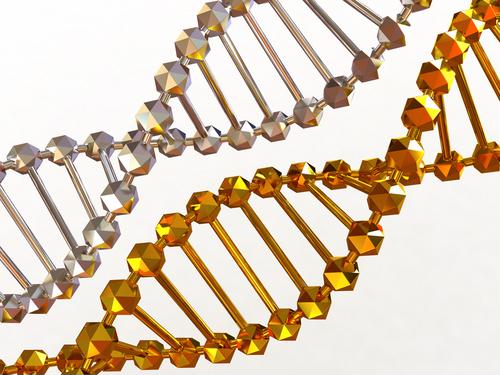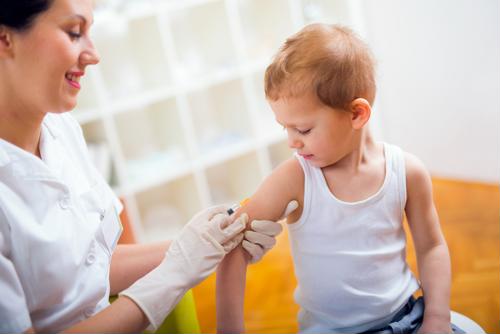A new study conducted by researchers from Cincinnati Children's Hospital Medical Center has revealed a compelling connection between mononucleosis and a number of autoimmune diseases, according to a press release from the hospital. Published in the journal Nature Genetics in April, the research has put the Epstein-Barr virus, which causes mononucleosis, as well as the methodology used to identify genetic factors, in the spotlight.
About Mono
Though the EBV virus is extremely common and as many as 9 in 10 Americans will have contracted it by the age of 20, it is not commonly known. Instead, it's best identified by the illness it causes the most: mononucleosis. More commonly known as mono or the "kissing disease" due to its infectious nature, mononucleosis is passed from one person to another through contact with the infected individual's saliva, the Cincinnati Children's press release stated.
"By age 20, nearly 90 percent of people are infected with EBV."
Putting the infected individual through weeks and sometimes months of serious fatigue and exhaustion, mono is also identified by fever, sore throat, weak and achy muscles, swollen lymph nodes and liver, the U.S. Centers for Disease Control and Prevention reported. Due to the enlarged spleen and liver, patients must not partake in any activity until healthy again.
While other viruses can cause mono, EBV is most responsible. Though rest and time will clear up symptoms and people are generally deemed "mono-free" after a few weeks, all those who come into contact with the EBV virus will have the infection for the rest their lives.
A New Link
Mono and more specifically, the EBV virus, had been linked to lupus and other autoimmune diseases in prior studies, The National Institutes of Health reported. However, scientists had yet to discover what caused the correlation. In this most recent study, researchers analyzed and compared the protein and genetic information of those with autoimmune diseases to that of their healthy counterparts. In doing so, they identified a viral protein active in the human cells infected with EBV. It was found that this protein could trigger the genes most often linked to a risk for autoimmunity.
It was further concluded that this protein - known as EBNA2 - could trigger seven different chronic autoimmune illnesses in those who had been infected with EBV. Among the diseases are inflammatory bowel disease, type 1 diabetes, juvenile idiopathic arthritis, celiac disease, multiple sclerosis and rheumatoid arthritis.
It's important to highlight that it is not the illnesses that are connected, but rather being host to the same viral protein EBNA2, which then has its way of triggering various genes that lead to the autoimmune diseases. In infected individuals, groups of EBNA2 cling on to parts of that person's genetic code - each part corresponding with a different disease, U.S. News & World explained. Where the clusters cling on is indicative of which gene will be triggered and thus, which disease risk will increase.

Innovative Study Methods
Results of the study surprised the team, noted Dr. John Harley, PhD, one of three lead study authors and the Director of the Center for Autoimmune Genomics and Etiology at Cincinnati Children's, the press release noted. It was years ago that Harley himself identified a connection between mono and lupus. From there, he surmised that the disease was a result of the way in which a person's unique genetic makeup responds.
The strategy used in the study today, a new computational method known as Regulatory Element Locus Intersection algorithm, was not around a decade ago.
"This discovery is probably fundamental enough that it will spur many other scientists around the world to reconsider this virus in these disorders," said Harley. "As a consequence, and assuming that others can replicate our findings, that could lead to therapies, ways of prevention, and ways of anticipating disease that don't now exist."
While Harley and his team will press for further research and funding for preventative measures, at Hallelujah Diet, the best form of prevention is a wholesome, primarily raw diet of fruits and vegetables. While these findings are noteworthy, fueling the body with the plants of the earth is the most natural way to build up the body's self defense mechanisms.
A periodic cleanse produces a cleansing effect known as autophagy. During this cleansing the body consumes damaged organelles, weak cells, lingering bacteria and also virus particles. Consider using the Perfect Cleanse as a way to get you body in top shape.









